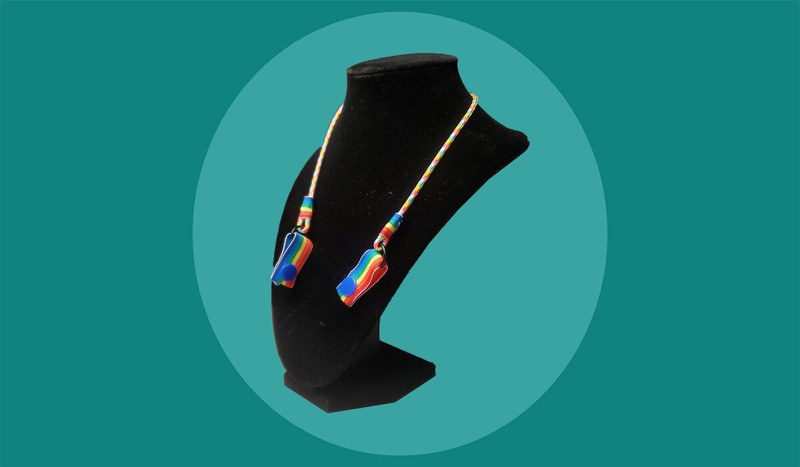You may not give a lot of thought to lanyards. They are a functional accessory worn around the neck, typically for practical purposes rather than aesthetic ones (although they can be beautified with stylistic patterns or colours). Typically three feet (or roughly 91.5cm) in length, lanyards keep your non-weighty essentials close to your chest (literally). These items—typically keys are ID badges—are secured with an attachment, such as a clip, hook, or loop. Often used in a professional capacity, lanyards can be made uniformed to whatever company they may be representing. They are a convenient, hands-free accessory—and due to their wearable nature, they are not easily lost. Read on to discover more about lanyards and how they can benefit you (or your organisation).
Colours, designs, materials, and dimensions
When purchasing customised lanyards, you will need to make a few manufactural decisions. Which provider will you go with, and will they allow for the design you’re after? Choose your colour, perhaps send in a sketch of your design, and make decisions about the physical construction. Do you want to go with the standard three-foot size, or do you want to customise the length? If your staff will be working with machinery, for example, it may be wise to shorten the length for safety purposes. Moreover, which material will you choose? The most common choice are nylon and polyester, but cotton can also be a good (albeit more expensive) choice if you’re after a natural, plastic-free material.
Other material options include satin, silk, polypropylene, silk, bamboo, and occasionally recycled bottles. Synthetic materials tend to be the preference due to their longevity and durability. This makes sense when you consider that lanyards tend to be used on the daily. If you wish to use a synthetical material but have environmental concerns, recycled bottles have the advantage of being durable and eco-friendlier.

Image: Identity People
Printing methods
Once you’ve decided on your colour, design, material and dimensions, it will be time to make decisions about the physicality of the lanyards. For example, there are a few different printing methods you can use—silk-screen printing being the most common. Silk screening is the most cost-effective solution, and it can be the most aesthetic choice, allowing for more vibrantly coloured prints. Alternatively, there is hot stamping, which applies your design using coloured films and—as one may imagine—a hot stamp. Sublimation is the expensive, higher-quality option—and it may be worth the extra dough if your lanyards have more complex designs. Sublimation pros: higher-quality, more durable lanyards with double-sided patterns. Sublimation cons: the process is neither time- nor cost-efficient.
Attachments and add-ons
Finally, what sort of attachment will you choose? You can opt for the classic split ring and bulldog clip combo, or you can go for a swivel hook, plastic swivel, or pretty much any other type of hook you can think of (excluding pirate, sadly)—be it thumb, carabiner, oval, or lobster claw. You may also want to add a plastic buckle or a badge reel for IDs that have RFID, depending on your business needs.

This lanyard uses a detachable plastic clip coupled with a loop.
Who uses lanyards?
Lanyards are versatile and can be used in a number of different contexts. Typically used to display identification cards, they can be used at school or in the office. At school, they tend to replace the ‘old-school’ clips and pins that would damage clothing. They are sometimes customised to the school’s brand and can double as promotional material. In the office, lanyards often carry RFID cards that are used to access restricted areas, or that are used to activate in-office devices such as printers. They can also be used to facilitate guest passes, removing the need for clips and pins. In such contexts, lanyards are a smart security solution. You can use lanyards for similar security purposes in non-professional environments—such as conventions and concerts. When you imagine a back-stage pass, what comes to mind?

Lanyards are often used in professional or office-based environments—for purposes of identification and security.
Don’t keep us hanging!
Lanyards can double as promotional material and smart security solutions. They are practical, convenient, and they won’t typically break the bank. They are like oversized, wearable keyrings that keep your informational or security essentials at bay—and, due to their wearable nature, they are rarely misplaced. Depending on your business needs, they will likely be a smart investment—and they can be customised to your specific requirements. When making a purchase, don’t forget to consider design, purpose, and cost-effectiveness.


